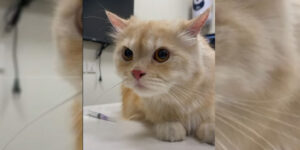Accurate diagnosis is the cornerstone of effective veterinary medicine. Identifying the causative agent of an infection enables veterinarians to prescribe targeted treatments, minimizing unnecessary medication use and improving recovery rates. Culture test play a pivotal role in diagnosing bacterial and fungal infections, allowing for precise identification of pathogens and their antimicrobial susceptibilities. Given the wide range of bacterial and fungal diseases affecting animals, culture tests are indispensable tools in veterinary diagnostics.
Understanding Culture Tests in Veterinary Medicine
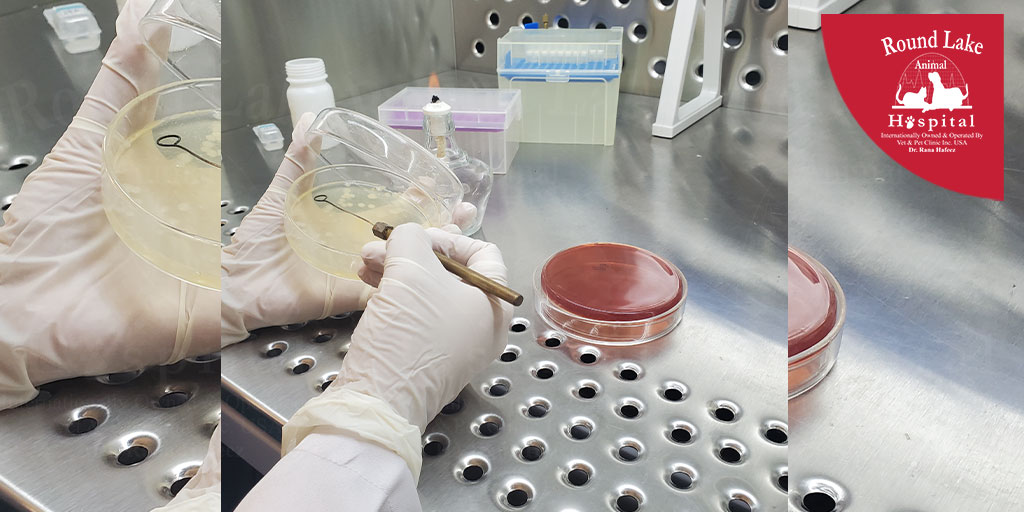
What is a Culture Test?
A culture test is a diagnostic procedure that involves growing microorganisms from a clinical sample to identify infectious agents. By providing a controlled environment, culture tests allow bacteria and fungi to multiply, making detection and analysis possible. This method helps differentiate between pathogenic and non-pathogenic organisms, ensuring appropriate treatment.
How Culture Tests Work: From Sample Collection to Lab Analysis
The culture testing process begins with obtaining a sample from the affected site, such as skin, urine, blood, or respiratory secretions. Proper sample collection is crucial to avoid contamination and ensure accuracy. The specimen is then placed on a growth medium conducive to the proliferation of potential pathogens. Over time, colonies form, which are analyzed based on their morphology, biochemical properties, and susceptibility to antimicrobial agents.
Types of Culture Tests Used in Veterinary Diagnostics
Culture tests vary depending on the suspected pathogen. Aerobic cultures detect bacteria that thrive in oxygen-rich environments, while anaerobic cultures identify bacteria requiring oxygen-free conditions. Fungal cultures specialize in isolating yeasts and molds, often requiring extended incubation periods. Specialized culture methods, such as blood cultures and selective media, enhance the specificity of pathogen identification.
Bacterial Infections in Animals: A Silent Threat
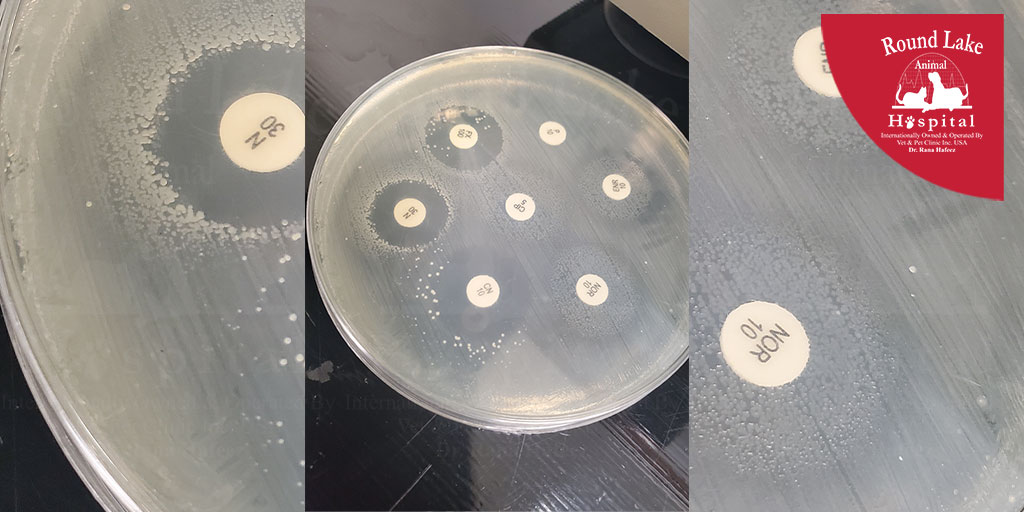
Common Bacterial Infections in Domestic and Farm Animals
Bacterial infections are prevalent in both companion and livestock animals. Common bacterial diseases include urinary tract infections (Escherichia coli), respiratory infections (Bordetella bronchiseptica), and skin infections (Staphylococcus spp.). In livestock, bacterial pathogens such as Salmonella and Clostridium species pose significant health and economic threats.
Symptoms and Complications of Bacterial Infections
Clinical signs of bacterial infections range from localized inflammation to systemic illness. Symptoms may include fever, lethargy, respiratory distress, diarrhea, or skin lesions. If untreated, bacterial infections can lead to sepsis, organ failure, or chronic disease.
Why Early Detection Through Culture Tests is Crucial
Timely diagnosis is essential to prevent complications and ensure appropriate treatment. Culture tests help veterinarians identify the exact bacterial species involved, allowing for precise antimicrobial selection and reducing the risk of resistance development.
Fungal Infections in Animals: An Often Overlooked Danger
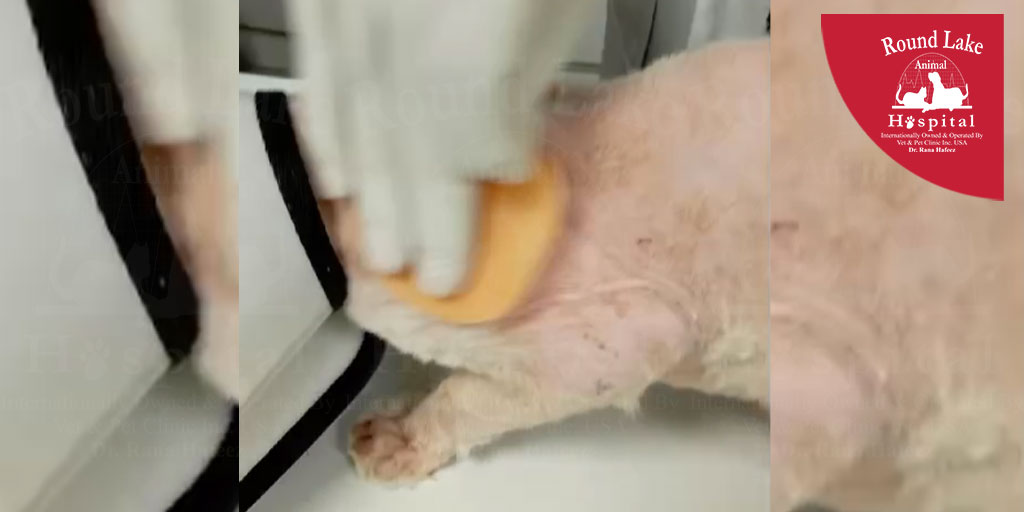
Prevalence and Risk Factors of Fungal Infections in Animals
Fungal infections, though less common than bacterial diseases, pose significant health risks. Animals with weakened immune systems, prolonged antibiotic use, or exposure to contaminated environments are particularly susceptible. Common fungal pathogens include Aspergillus, Candida, and dermatophytes (ringworm-causing fungi).
Clinical Signs and Progression of Fungal Diseases
Fungal infections often present as chronic skin conditions, respiratory distress, or systemic illness. Dermatophytosis leads to hair loss and scaling, while systemic fungal infections may cause coughing, nasal discharge, and weight loss. Delayed diagnosis increases the risk of widespread organ involvement.
How Culture Tests Help Differentiate Fungal from Bacterial Infections
Misdiagnosis can lead to ineffective treatment regimens. Culture tests distinguish fungal infections from bacterial diseases by identifying unique growth patterns and colony morphologies. Specialized fungal media facilitate the isolation and characterization of fungal species, guiding appropriate antifungal therapy.
The Science Behind Culture Tests: How They Identify Pathogens

The Role of Specialized Growth Media in Detecting Bacteria and Fungi
Different microorganisms require specific nutrients and conditions for growth. Selective and differential media enhance the identification process by promoting or inhibiting certain organisms. Blood agar, MacConkey agar, and Sabouraud dextrose agar are commonly used to isolate and differentiate bacterial and fungal species.
Incubation Periods and Identifying Colony Characteristics
Pathogens exhibit distinct colony appearances under controlled incubation. Bacterial cultures typically yield results within 24-72 hours, whereas fungal cultures may take days to weeks for full characterization. Colony size, color, texture, and hemolytic properties provide vital clues for identification.
Microscopic Examination and Biochemical Testing for Precise Identification
Microscopy aids in preliminary identification by revealing cell morphology, staining characteristics, and structural features. Additional biochemical tests, such as catalase and coagulase assays, further confirm bacterial species, while fungal identification may involve lactophenol cotton blue staining and molecular techniques.
When Should a Veterinarian Recommend Culture Test?
- Persistent infections that do not respond to standard treatments
- Recurring skin, respiratory, and gastrointestinal infections
- Situations requiring antibiotic or antifungal resistance testing
The Role of Culture Test in Antimicrobial Stewardship
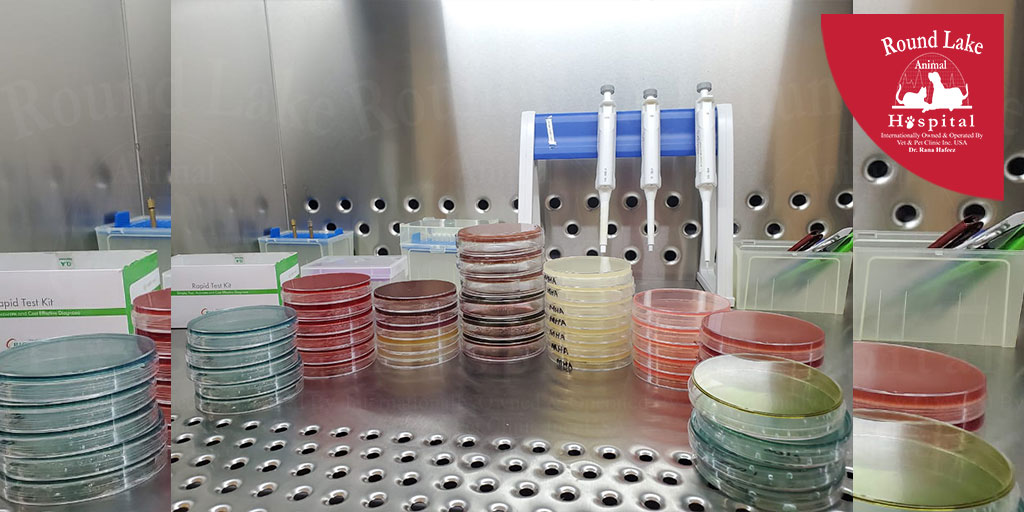
Why Indiscriminate Antibiotic Use is a Growing Concern in Veterinary Medicine
Widespread antibiotic misuse has led to the emergence of multidrug-resistant bacteria. Overprescribing broad-spectrum antibiotics without confirmed diagnoses exacerbates resistance issues and endangers both animal and human health.
How Culture Test Guide Targeted Antimicrobial Therapy
By identifying the specific pathogen and its susceptibility profile, culture tests allow veterinarians to prescribe the most effective antimicrobial agent, minimizing unnecessary drug use and reducing resistance development.
Preventing Antibiotic Resistance Through Precise Diagnosis
Implementing culture-based diagnostics helps veterinarians make informed decisions, ensuring judicious antimicrobial use. This approach aligns with global efforts to combat antibiotic resistance and promote sustainable veterinary practices.
Challenges and Limitations of Culture Testing in Animals
- Factors affecting the accuracy of culture tests (sample contamination, improper handling)
- Time constraints: The waiting period for culture results (delayed treatment decisions)
- When additional diagnostic methods may be necessary (PCR, serology, imaging techniques)
Comparing Culture Tests to Other Diagnostic Techniques

Culture Tests vs. PCR and Rapid Diagnostic Tests
Polymerase Chain Reaction (PCR) provides rapid pathogen detection but may not distinguish live from dead organisms. Rapid diagnostic tests offer convenience but lack the depth of culture-based analysis.
When to Combine Culture Tests with Other Laboratory Procedures
In complex cases, integrating culture tests with molecular diagnostics enhances diagnostic accuracy, ensuring comprehensive pathogen identification and treatment planning.
Cost, Speed, and Reliability of Different Diagnostic Methods
Culture tests remain a gold standard despite their longer processing time. While PCR and serology offer faster results, culture-based methods provide definitive pathogen identification and antimicrobial susceptibility data.
Real-World Applications: How Culture Tests Improve Animal Health

Case Studies of Culture Tests Leading to Successful Treatment
Clinical cases demonstrating how culture tests enabled precise diagnoses, leading to effective treatment regimens and improved animal recovery rates.
The Impact of Accurate Pathogen Identification on Animal Welfare
Reducing misdiagnoses and unnecessary treatments enhances animal health outcomes and minimizes distress caused by prolonged illness.
Future Advancements in Culture-Based Diagnostics
Emerging technologies, such as automated culture systems and genomic sequencing, promise to refine pathogen identification, accelerating diagnostic precision and treatment efficacy.
Conclusion
Culture tests are indispensable in veterinary medicine, offering a reliable method for identifying bacterial and fungal pathogens. Encouraging timely diagnostic testing benefits both pet owners and livestock managers by ensuring accurate treatment decisions. As microbial diagnostics continue to evolve, culture-based methodologies will remain integral to improving animal healthcare and combating antimicrobial resistance.


